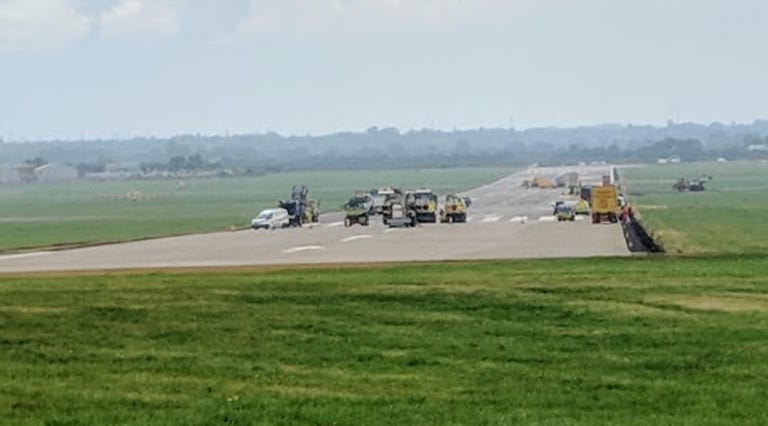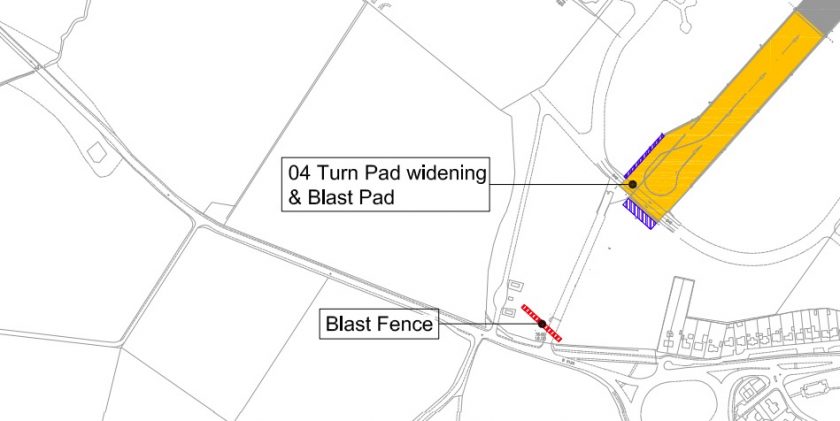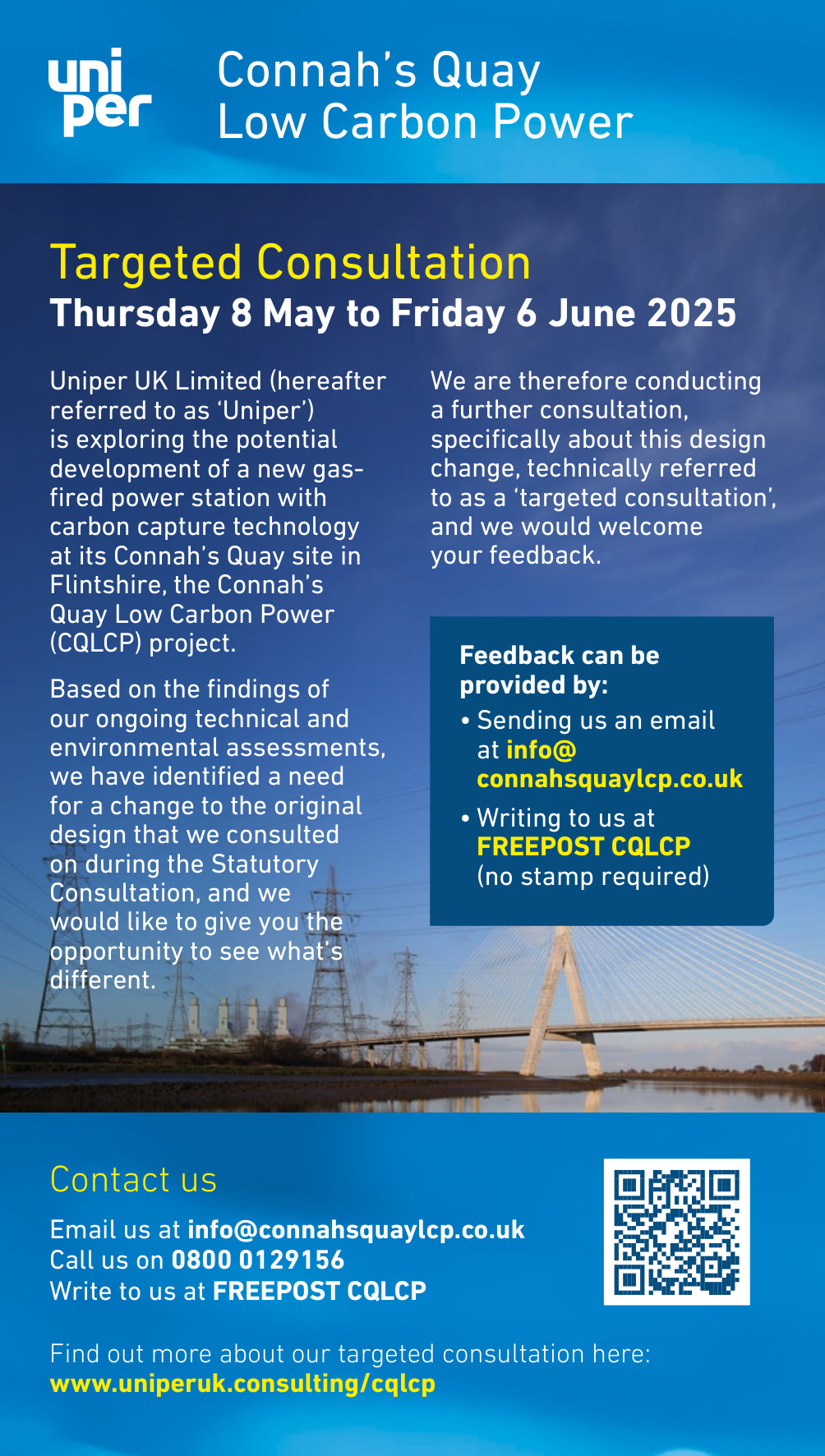Hawarden Airport closed for runway resurfacing in preparation for Beluga XL operations

Hawarden Airport closed on Friday evening and will remain shut for 17 consecutive days.
The closure, which coincides with the annual summer shutdown at Airbus, is to allow the runway to be resurfaced in preparation for the new BelugaXL which are set to come into service in 2019.
Hawarden Airport serves the Airbus Beluga transporter as well as a host of private aircraft, the police helicopter isn’t affected by the closure as it doesn’t require the main runway for landing and taking off.
The first of five BelugaXL’s to be built successfully completed a four-hour maiden flight on July 19 taking off from Blagnac in Toulouse.
Following the maiden flight no.1 BelugaXL has embarked on a 10-month, 750-flight hour certification campaign, a second Beluga XL, which is in the final assembly stage, will be the first of the highly modified Airbus A330-200 freighters to begin operations.
With a wingspan of 60 meters – 35% bigger than of the existing Beluga – along with increased capacity and take-off weight, Hawarden Airfield will be upgraded to a ‘Code E’ aerodrome and require modifications ahead of the new transporter coming into service.
As well as the resurfacing of the runway, new turn pads to both ends of the existing runway and the erection of three blast fences, one to each end of the runway and one adjacent to the existing Beluga apron.
One blast fence will run 200ft alongside Chester Road in Broughton and will obscure a large part of the runway from public view at a popular vantage point.

[Plan shows the 200 foot long 14 high blast fence which will be erected at the runway close to Chester Road – another two fences will also be erected, one at the other end of the runway and the other close to the Airbus building]

[The proposed fence will be 14 feet high, over 200 feet long and painted orange and white, looking at the plans, it will obscure large parts of the current runway view from the roadside and public footpath.]
Blast fencing, also known as jet blast deflectors – is a safety device that redirects the high energy exhaust from a jet engine to prevent damage and injury.
The new BelugaXL with its instantly recognisable ‘smiling whale’ livery, is fitted with two Rolls Royce Trent 700 engines they will pack around 30% more thrust than the current General Electric power plants.
BelugaXL’s greater size enables the new-generation airlifter to accommodate two A350 XWB wings, the current Beluga can only carry one, this will speed up their transport from Broughton to the final assembly line in Toulouse.
Additionally, the BelugaXL’s 30% extra capacity compared to the Beluga ST provides potential to meet ramp-up needs to meet customer demand for Airbus jets.
Once in service, the fleet of five BelugaXLs will replace the similar number of Beluga A300-600.
Each aircraft will perform between 900 and 1,000 flights per year, logging some 1,700 to 1,800 hours annually in servicing 11 line stations at locations across the company’s European industrial network.










